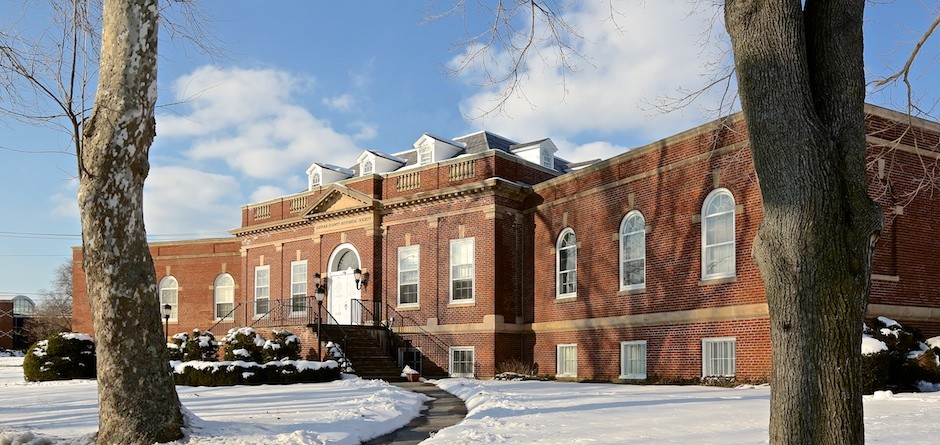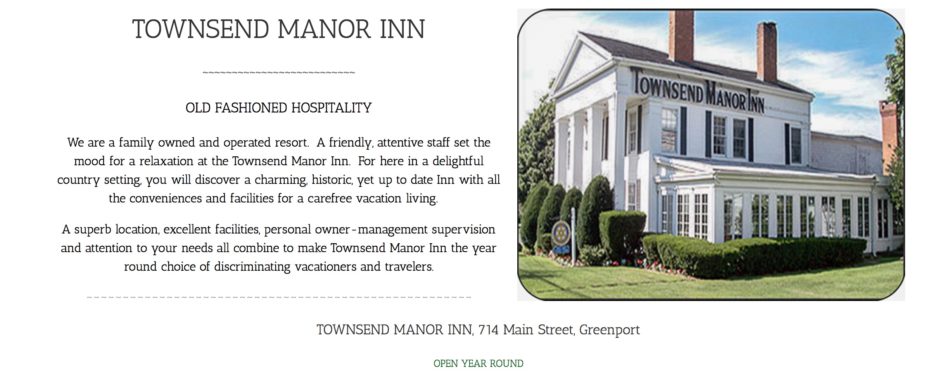
Photo of the Week
——— March 16, 2024 ———
FROM THE SCHS LIBRARY & ARCHIVES
SURF HOTEL, FIRE ISLAND
_____________________________________________
Surf Hotel, Fire Island. (Top image from the Harry T. Tuthill Fullerton Collection of the Suffolk County Historical Society Library & Archives. Bottom image from the 1902 Belcher-Hyde Atlas of Suffolk County. Copyright © Suffolk County Historical Society. All rights reserved.)
[To view the Fullerton Photograph, please visit the SCHS website.]
by Joseph Salvo, SCHS Library & Archives Intern
The Fire Island Surf Hotel was a famous vacation resort during the late 1800s. It was founded by David Sturges Sprague Sammis, who was born in Huntington in 1818. His father, Daniel Sammis, was a soldier in the War of 1812, and his grandfather served in the Revolutionary War. David Sammis grew up on a farm and in 1835 he decided to move to New York City to intern with Edward A. McLean to become a pharmacist/chemist. But after two years, he decided to change his career and became a clerk, and then an innkeeper.
By 1848, Sammis had opened a hotel named the East Broadway House, which became a famous place for politicians and helped him gather revenue for and experience with running a hotel. In 1855, he purchased 120 acres of land on Fire Island, which would become the site of the Surf Hotel. Unfortunately, the new hotel faced many immediate hardships. There were not enough people going to the place because it was so far out east and convenient transportation was limited during this time period. The LIRR wasn’t yet established in the area, and people from the city didn’t want to take that long of a commute to the hotel. So after struggling in the early years, in 1860 the Surf Hotel filed for bankruptcy and would remain closed during the Civil War.
After the Civil War, the Surf Hotel reopened and recovered to become one of the most famous vacation resorts on the island. The reason for this was the development of the LIRR, as service had been extended to Babylon. Sammis saw this as an opportunity to bring people to the hotel now that the commute was easier. He organized two ferries to go to the Babylon docks to escort people to the hotel; visitors were brought to the docks by horse-drawn trollies. With this system of transportation, hundreds of people began going to the Surf Hotel, and summer after summer it remained one of the most popular resorts on Long Island. At its peak the Surf Hotel could accommodate 830 guests and featured a thirty-foot balcony, nine guest houses, a large ballroom, bathhouses, yachts, and tons of catboats for blue fishing. Its height of success ran from 1865 to1890.
A cholera scare in 1892 would close the hotel to guests, and New York State would purchase the property from Sammis to be used as a quarantine site in 1892-1894. The state later reopened the hotel as a vacation spot but it did not retain its popularity and would permanently close in the early 1900s. The state kept making different plans on what to do with the property, until 1908, when Robert Moses took over and made the area into the state park it is today.
Suggested Readings: Harry W. Havemeyer, Fire Island’s Surf Hotel (2006); and Munsell’s History of Suffolk County, “David S.S. Sammis” (1882).
~~~~~~~~~~~~~~~~~~~~~~~~~~~~~~~~~~~~~~~~~~~~~~~

Copyright © 2024 Suffolk County Historical Society. All rights reserved.

—————————————————
———————————-
====================================================
AAQ / Resource: Townsend Manor Inn
Old Fashioned Hospitality
________________________________________________________

